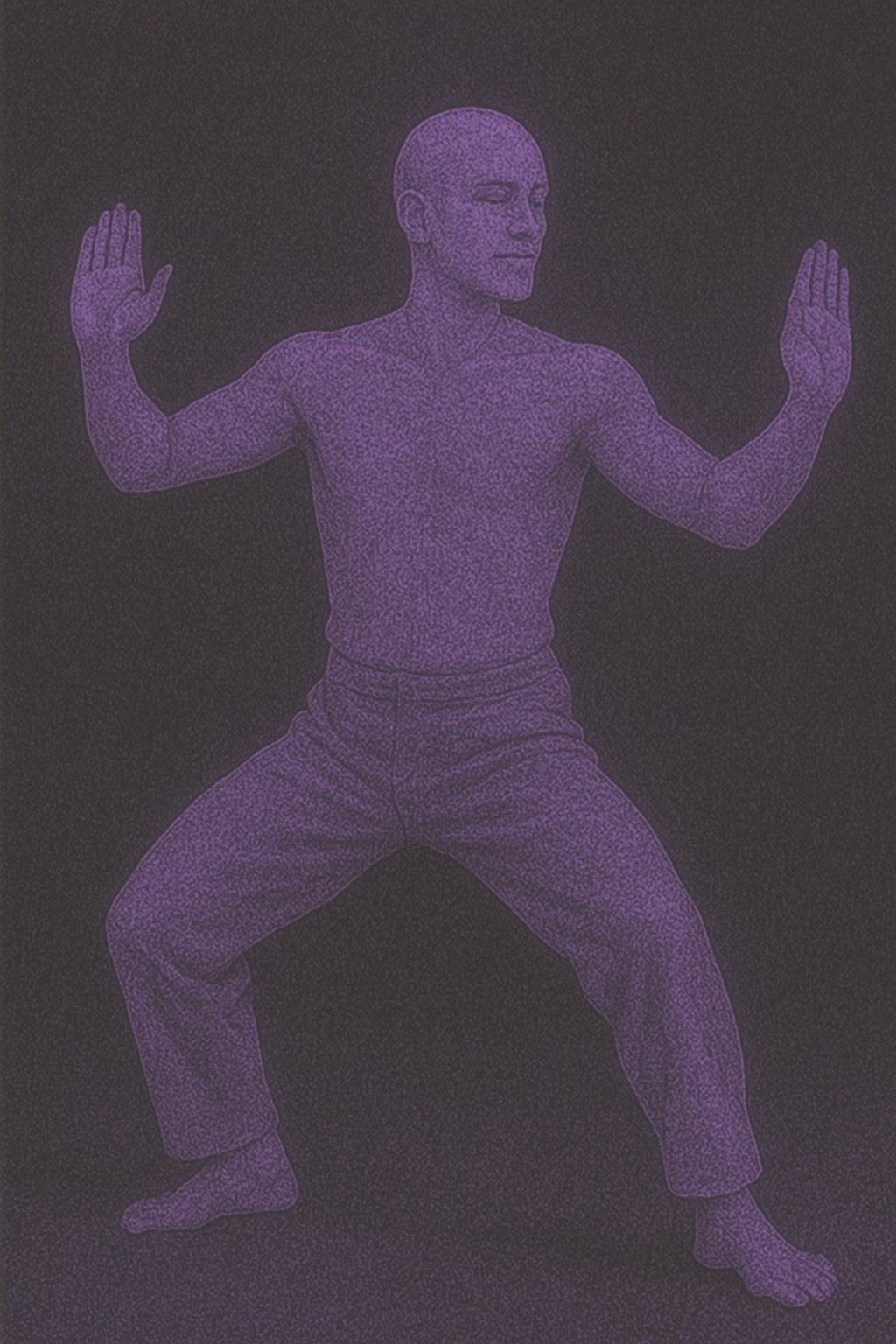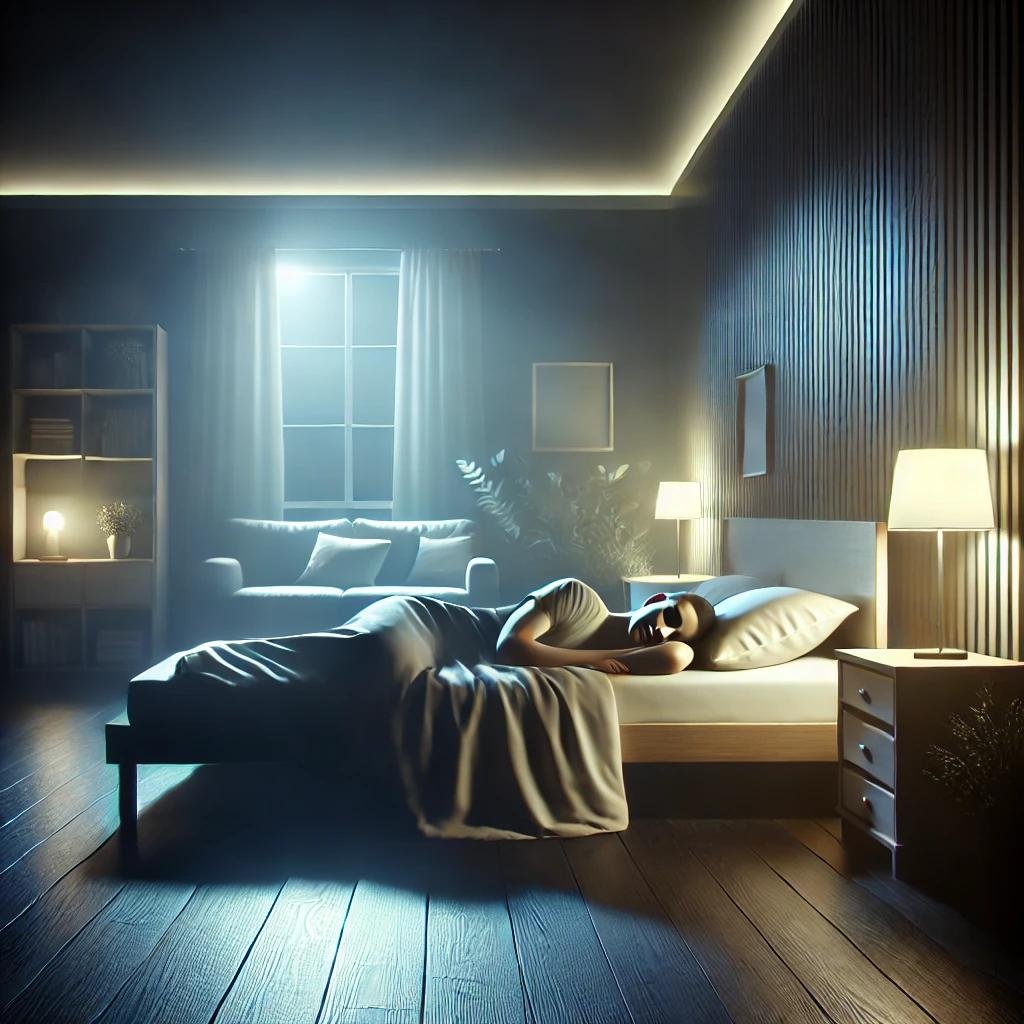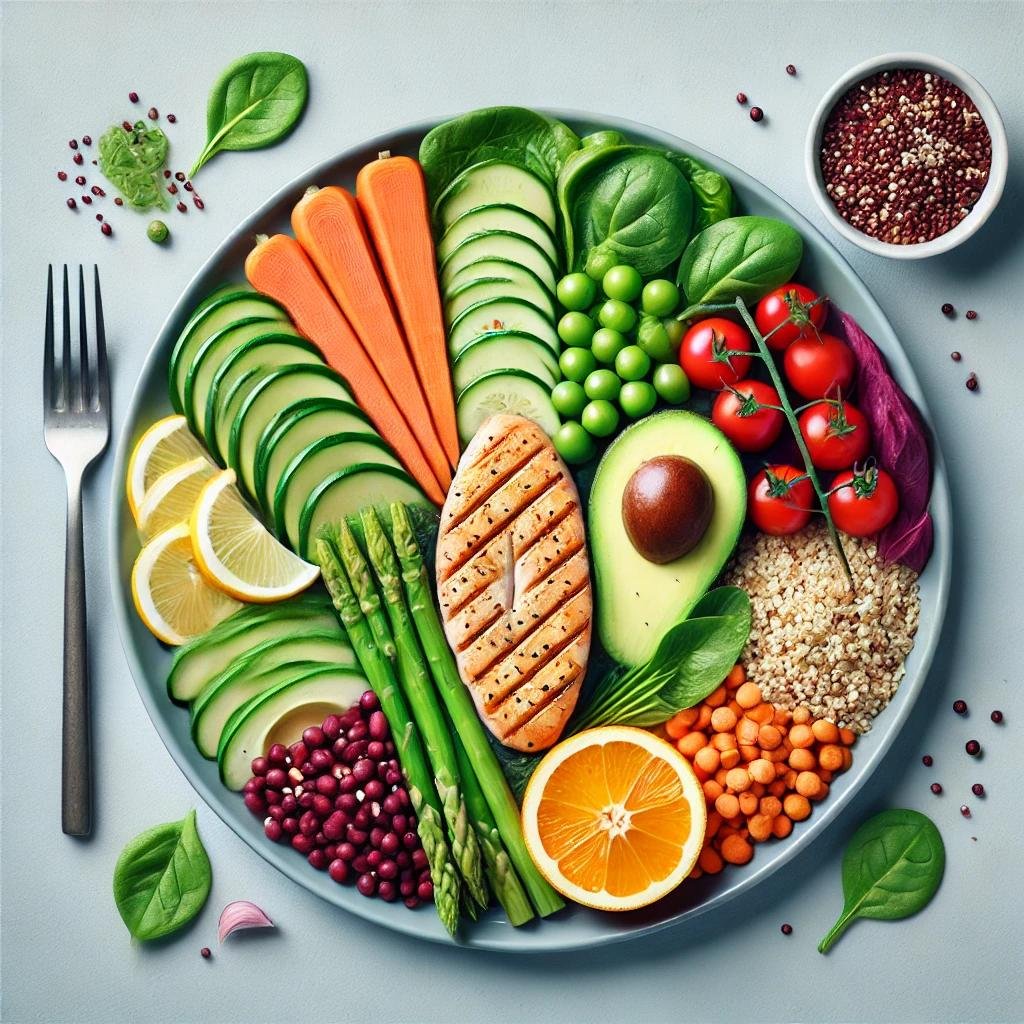In seated meditation, one of the first lessons you learn is that the goal isn’t to stop your thoughts—it’s to notice when your attention drifts, and gently return it to your chosen object of focus, whether that’s your breath, a mantra, or bodily sensations. The power of meditation lies not in maintaining perfect attention, but in the repeated act of coming back.
This simple but profound discipline—the act of returning—has a powerful parallel in how we approach our health behaviors: exercise, nutrition, sleep, hydration, mindfulness, and beyond. Like meditation, the pursuit of health isn’t a straight, unbroken line. It's a winding path, marked by detours, distractions, regressions, and restarts. And just like in meditation, the magic is in the returning.
The Myth of Perfect Consistency
Many people set out on a health journey with the idea that consistency means perfection. They might start a new training plan, a clean diet, or a sleep routine with great enthusiasm, only to fall off for a few days and then feel as though they’ve failed. The setback becomes a stopping point, instead of just a pause.
But the reality is, even the most experienced practitioners—whether in meditation or in movement—lose focus. They skip workouts. They eat impulsively. They stay up too late scrolling. What sets long-term success apart is not unbroken perfection. It's the ability and willingness to begin again.
The Practice of Coming Back
In meditation, you don’t judge yourself for losing focus. You simply notice, and return. There’s a gentle but disciplined self-compassion in that moment. It’s not passive. It’s active. You’re training your mind to come back with awareness.
The same mindset can be applied to health behaviors. When you miss a few days at the gym, it’s not the end of your fitness identity. When you overeat, it’s not a negation of your nutritional goals. When sleep is disrupted by stress or obligations, it doesn’t mean you’re failing at self-care.
These moments are just what they are: moments. You always have the opportunity to return.
In fact, each return is a kind of micro-victory. It’s proof that you are someone who continues to show up, even when life makes it difficult. That builds confidence far more than a streak of perfect days ever could.
Building a Health Practice, Not a Health Project
One of the gifts of a meditation practice is that it shifts your relationship with time. You stop thinking of meditation as something to check off a list, and start treating it as a practice—an ongoing relationship with yourself.
Health behaviors benefit from the same shift in mindset. Too often, people approach their health like a short-term project: a 30-day challenge, a new year’s resolution, a pre-vacation diet. These projects can provide short bursts of motivation, but they often lack the sustainability of a true practice.
When health becomes a practice, it stops being about endpoints and starts being about process. You don’t “finish” exercising or sleeping well or eating with intention. You keep doing it. Not because you have to, but because it becomes a way of tending to yourself. It becomes a rhythm you return to—not a rule you break.
Mindfulness in Motion
The skills cultivated in meditation—awareness, non-judgment, intentional redirection—are deeply useful in navigating your health. For example:
When you’re mindful of your body, you’re more likely to notice when it needs movement or rest.
When you’re mindful of your hunger and satiety cues, you eat with more attunement.
When you’re mindful of your stress levels, you’re more likely to prioritize recovery and calm.
When you’re mindful of your habits, you can see patterns without self-blame, and gently steer toward better ones.
This isn’t about being hyper-vigilant or controlling. It’s about being present. Mindfulness gives you the power to pause, observe, and respond, rather than react automatically. It’s the space where real change happens.
The Breath and the Body
In seated meditation, the breath is often the anchor. It’s always there, always available. No matter how far the mind wanders, the breath is home base.
In health practices, we can identify similar anchors—behaviors that bring us back into alignment. Maybe for you, it's a short morning walk, a few minutes of breathwork before bed, prepping a nourishing meal, or showing up for a weekly strength session. These behaviors can serve as reset buttons—not to make everything perfect, but to remind you that you’re still on the path.
Start with one. Let it bring you back. Then another. Soon enough, you’re back in rhythm.
Returning with Compassion
It’s worth emphasizing: the tone with which you return matters. In both meditation and health, a harsh, critical inner voice only makes returning harder. If every time you miss a day you punish yourself mentally, you’ll begin to associate the practice with shame. That leads to avoidance, not adherence.
Instead, aim to return with curiosity and compassion. Ask yourself, not “What’s wrong with me?” but “What happened?” Not “Why can’t I be consistent?” but “What do I need right now to feel supported in this practice?”
Forgiveness fuels resilience. Compassion sustains momentum.
The Beauty of the Long View
If you’ve ever sat for a longer meditation retreat, you know that attention will drift a hundred times in an hour—and that’s okay. Likewise, if you zoom out on a lifetime of health, you’ll see countless ups and downs. Some seasons will be strong, structured, and disciplined. Others will be messy and inconsistent.
Zoom out even further, and the fluctuations flatten out. What remains is your tendency to come back. Over time, this is what makes you healthy: not a single phase of peak performance, but your persistent return to care.
This is how you build longevity—not by forcing perfect adherence, but by learning the art of re-engagement. Of listening. Of returning.
A Daily Invitation
Every day is an invitation to come back to your breath, your body, your values, your health. Even if yesterday felt like a detour, even if today started off-track—there is always a moment to begin again.
In meditation, they say “start again” with gentleness. That same wisdom applies here. Start again, not out of guilt, but out of gratitude—for the chance to care for yourself.
You don’t need to be perfect. You just need to return.








































